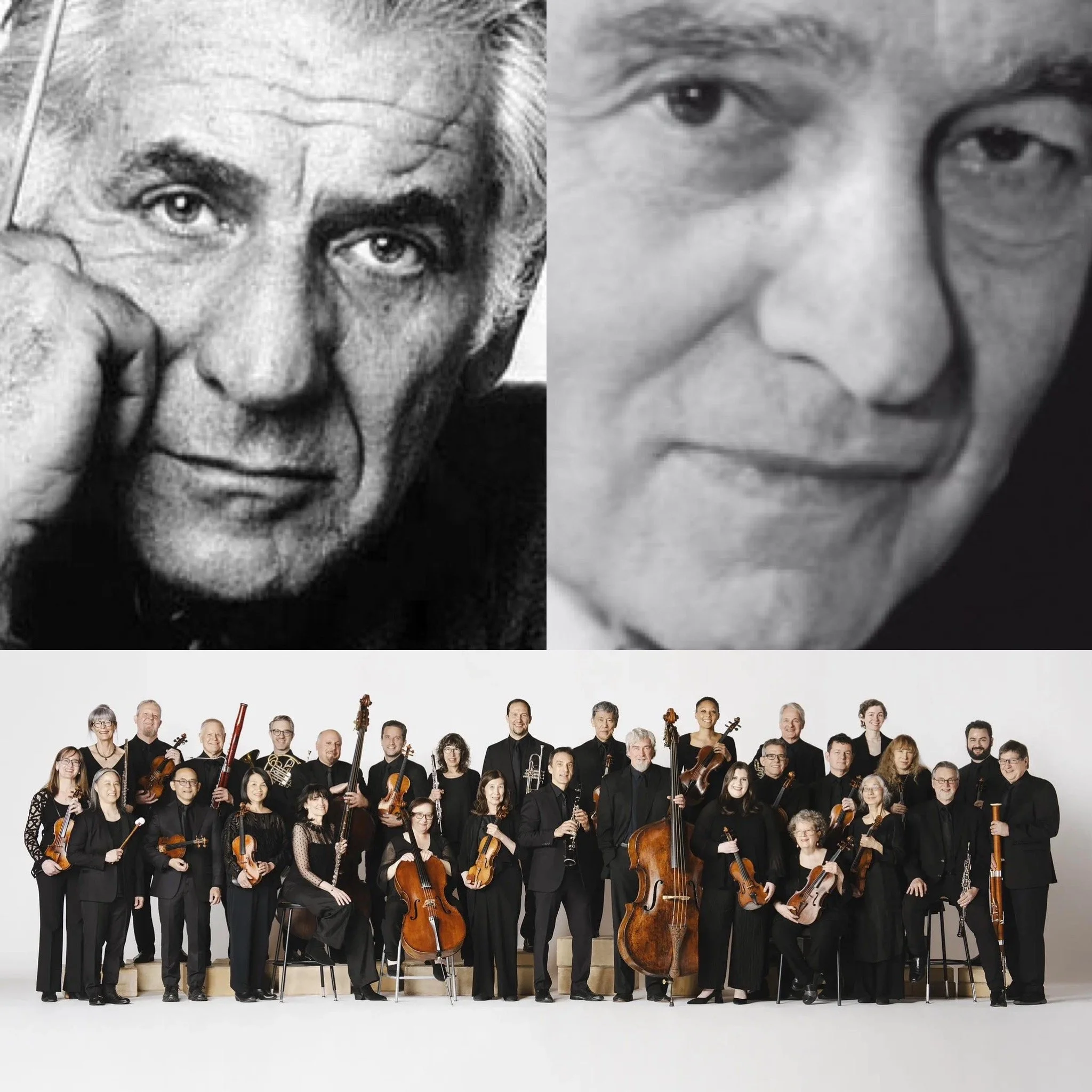REVIEW: "El Niño," Nearly, at Cathedral of St. John the Divine
Above photo by Maria Baranova.
December 21, 2023
“I always wanted to write my own Messiah,” American composer John Adams remarked. He accomplished that and more with El Niño, an opera-oratorio recounting ‘the greatest story ever told’ that premiered in Paris at the turn of the millennium directed by Peter Sellars. Centering the Christmas story on the perspective of women, Sellars’ libretto incorporates female and Latin American poets, as well as Latin and biblical text.
Requiring Mahlerian forces — huge orchestra plus harp, piano, celeste, 2 guitars, soprano, mezzo-soprano, baritone, 3 (three!) countertenors, chorus, and children’s chorus — this is not easy music to bring off. New York’s American Modern Opera Company, under the leadership of Julia Bullock, has devised a version — greatly abridged and reduced in forces — they call El Niño: Nativity Reconsidered.
Photo by Maria Baranova
Presented in the cavernous sacred space of The Cathedral Church of St. John the Divine, conducted by Christian Reif, AMOC’s lunch-portion take on Sellars and Adams’ immense feast was musically impressive, and a beautiful alternative to the usual holiday fare. In fact, it served as an enticing preview of the Metropolitan Opera’s upcoming full production of the work (opening April 23, 2024).
The orchestra, under Reif’s graceful baton, performed with electric precision, sending Adams’ rich tonal harmonies and nervous rhythmic patterns spinning around the cathedral, as if channeling the elements in the air and stone. The Choir of Trinity of Wall Street sounded glorious, and with projected supertitles providing translation, the text was always clear. Lighting design by Christopher Gilmore was a finishing touch that intensified the music’s effects — such as when the ceiling turned blood red at the mention of flames.
Photo by Maria Baranova
Bullock, in addition to sculpting this “distilled” iteration of the oratorio, sang the soprano role with intensity and clarity. Bass-baritone Davóne Tines brought a commanding presence, declamatory, yet lyrical. Anthony Roth Costanzo supplied his signature purity of tone and displayed impressive endurance as the (one) countertenor. Contralto Jasmin White was the standout. White’s voice conjures cream and velvet; their unencumbered vocalism emanates from their heart.
Photo by Maria Baranova
For all of the original El Niño’s excesses, AMOC’s sample platter aims to trim the fat. But, there actually wasn’t much fat to begin with; they inadvertently excised crucial skeletal bones. Edited out are defining, impactful musical sequences and contrasts in this epic score, as well as much of the narrative logic and arc in the libretto.
The musical selection instead seems to be informed by what is possible with economically lean forces, rather than a story or message driving the choices. The unique sound of the unusual trio of countertenors is greatly missed, and workarounds like having Costanzo voice each of “The Three Wise Kings” (text by Nicaraguan poet Rubén Darío) is a stretch, “I am Gaspar,” then “I am Melchior….I am Balthasar…”
Photo by Maria Baranova
Bullock’s distillation leans into the inward drama in broad strokes. Without the intricate detail and emotional cues of Sellars’ vision, however, the viewer loses linear interest. But, it certainly whet New York appetites for the full production coming this Spring, and Bullock and Tines will be heard there as well. A child is almost born…









